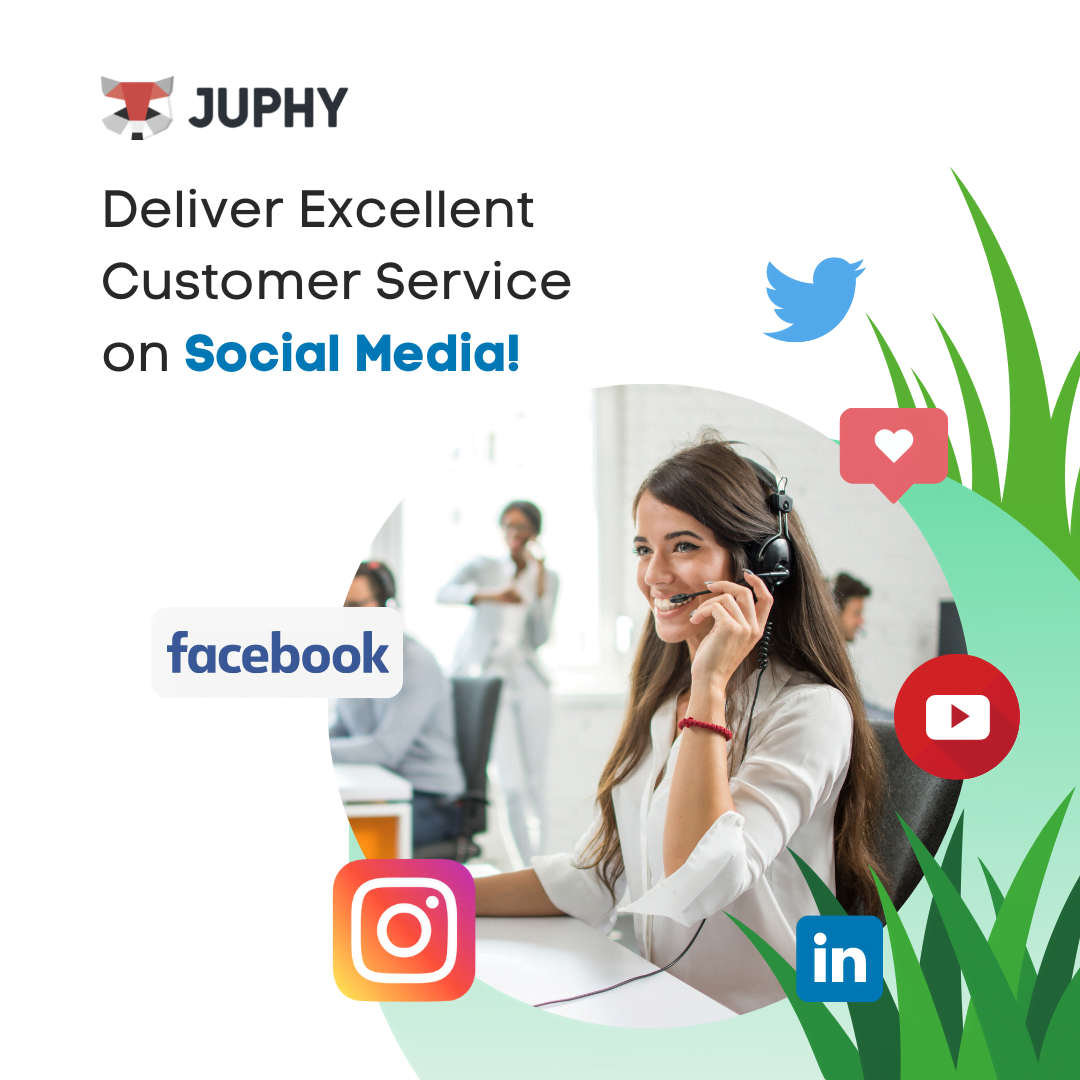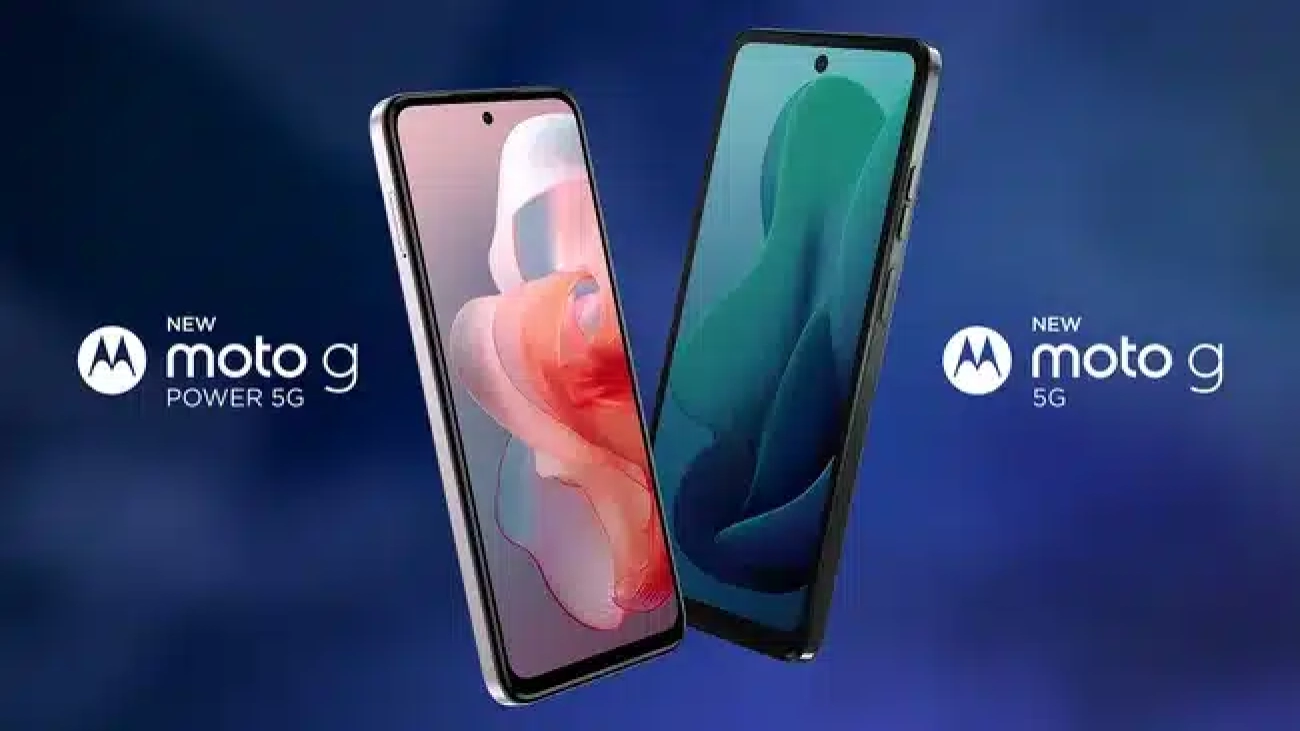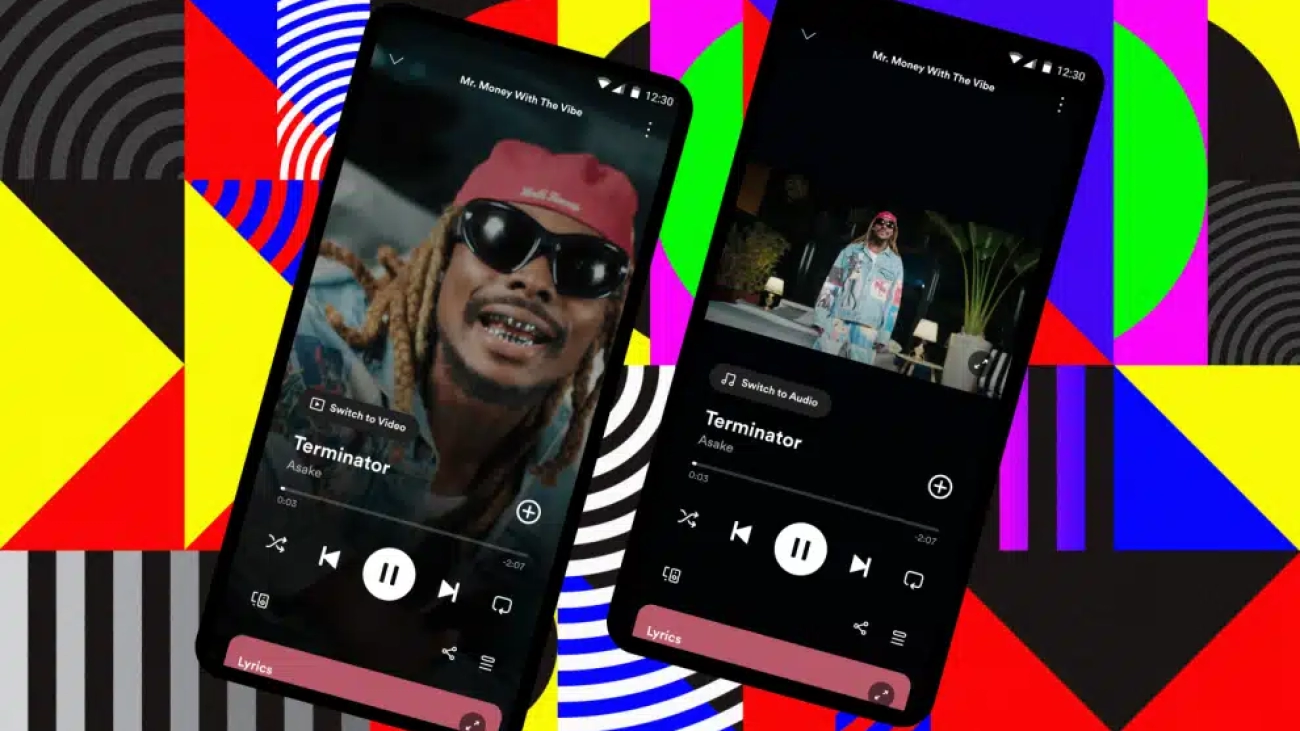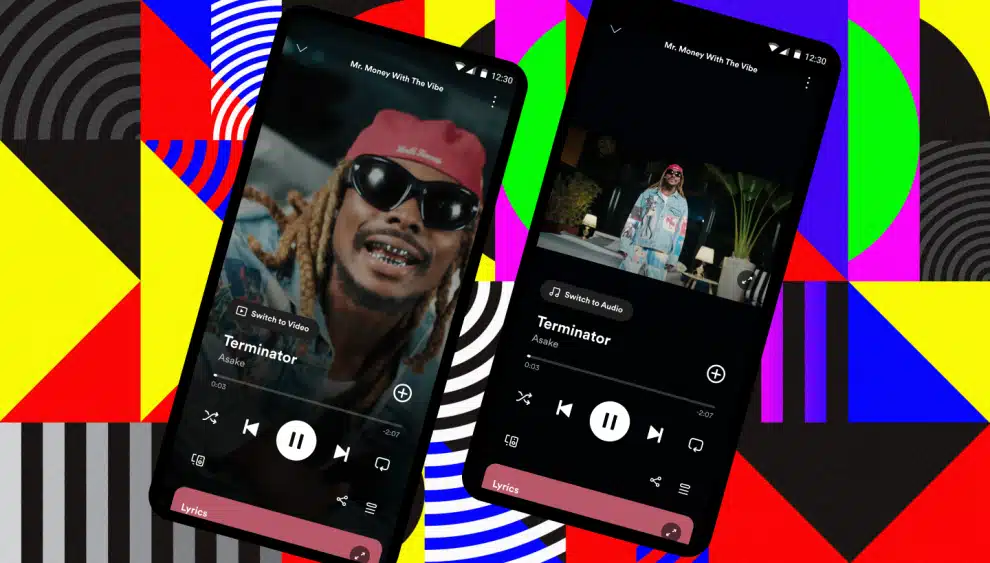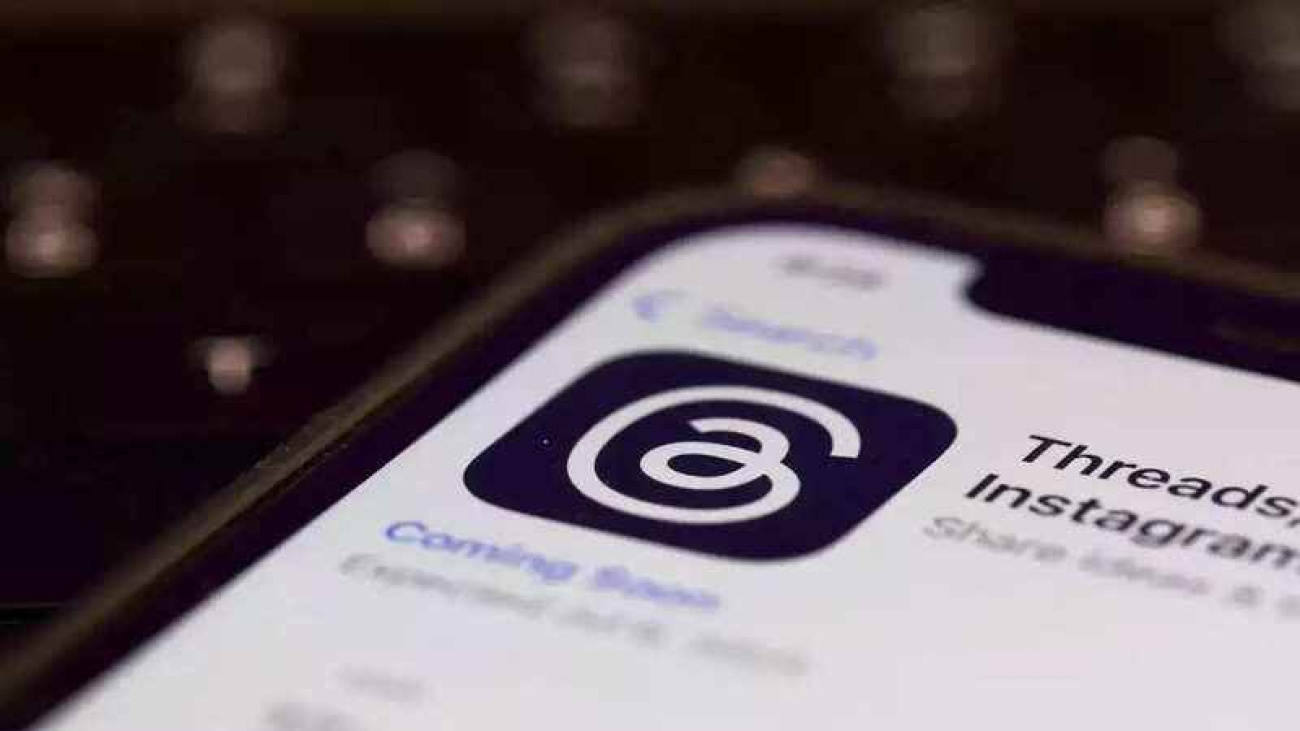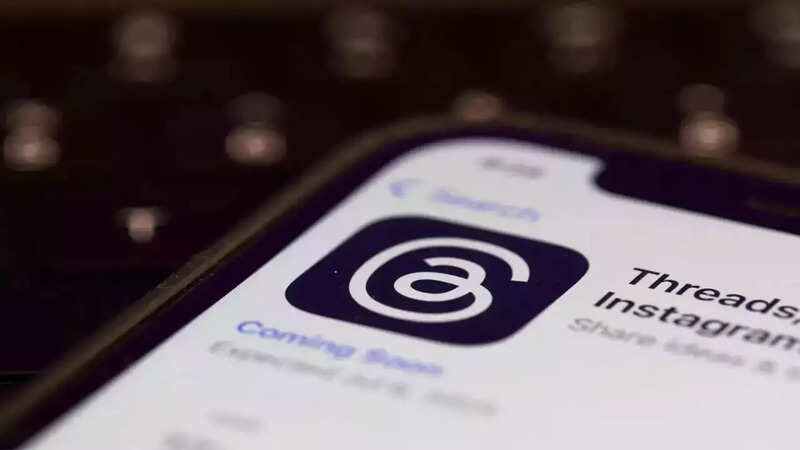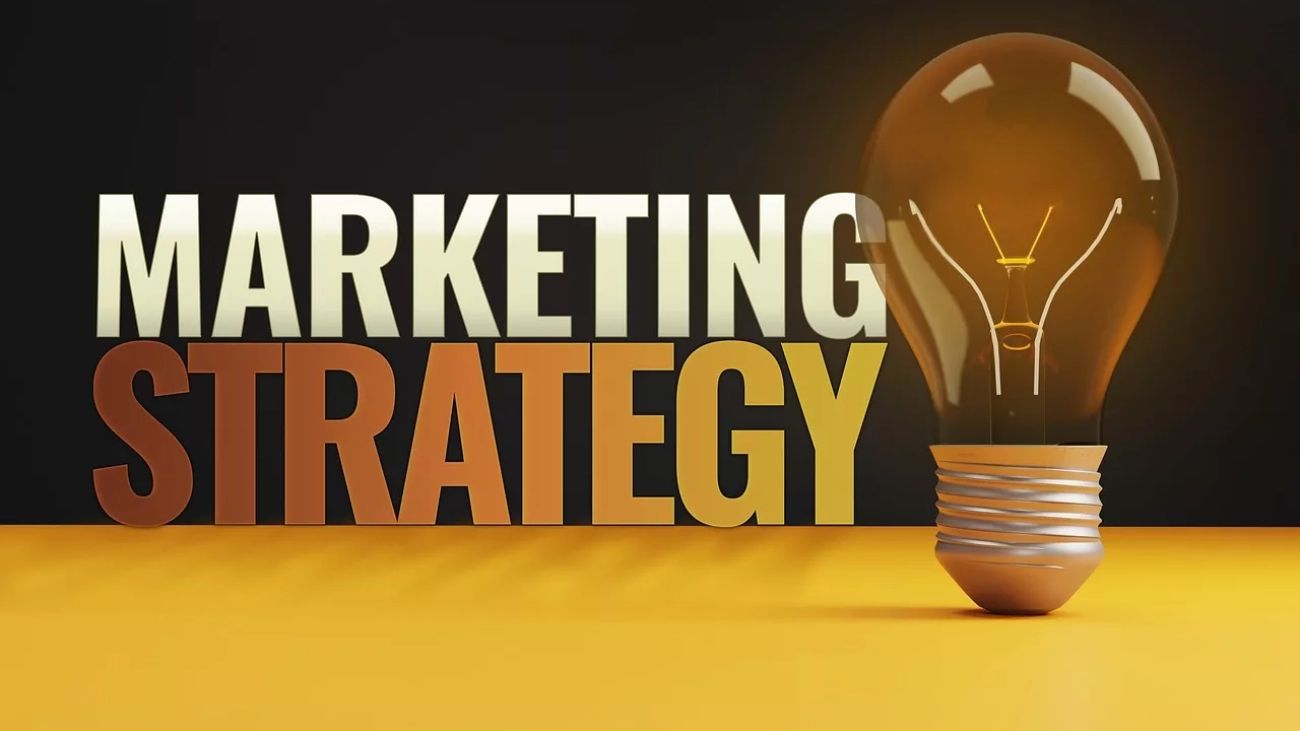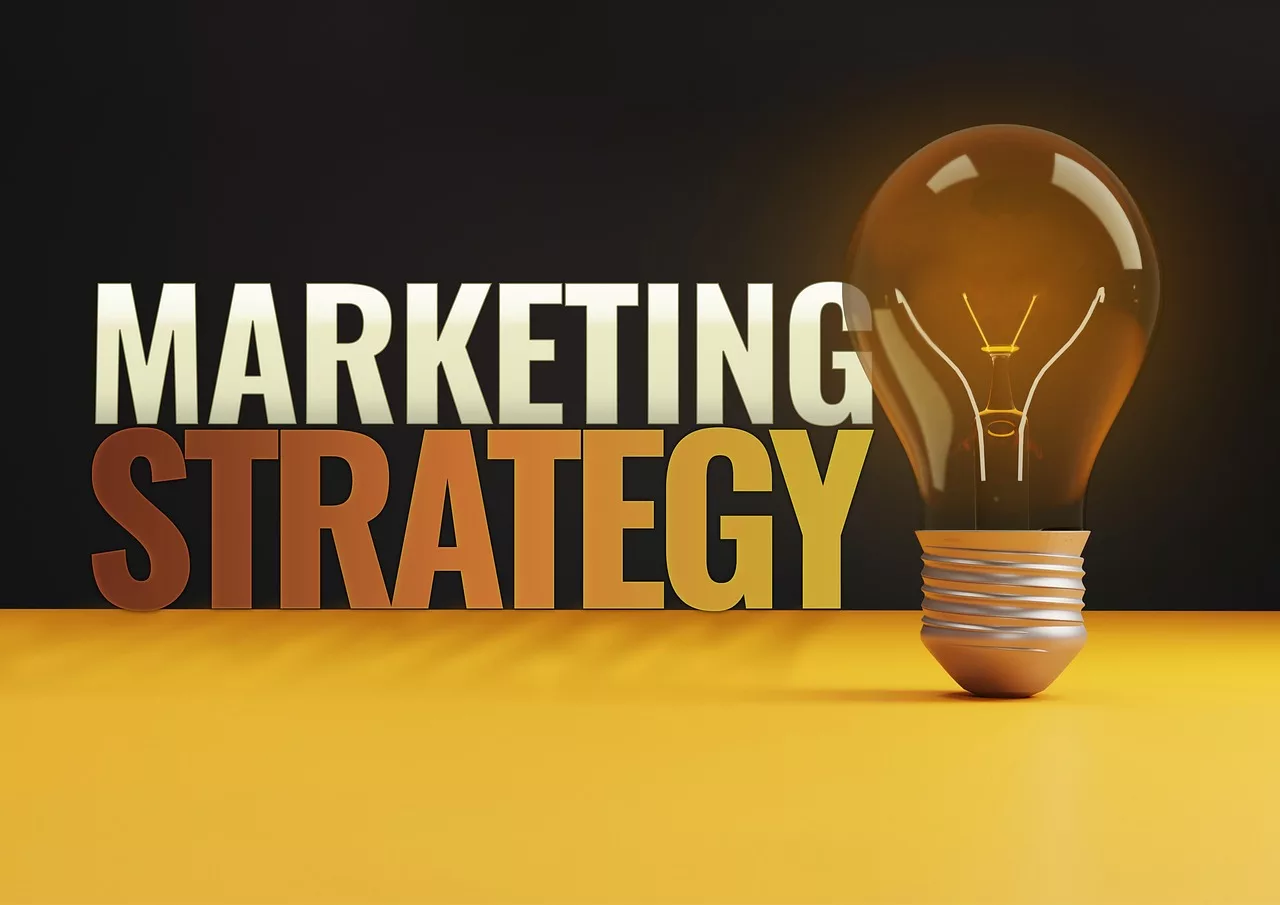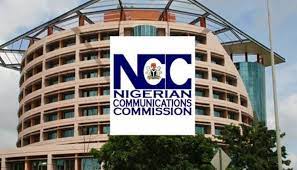
The demise of the Apple Car project left many tech enthusiasts in disbelief. After years of anticipation and speculation, Apple pulled the plug on what could have been a game-changing addition to the automotive industry. But what if I told you that the design of the Apple Car was unlike anything you’d expect from the tech giant?
A Departure from the Norm
Contrary to popular belief, the Apple Car wasn’t envisioned as a sleek, futuristic sports car or a Tesla rival. No, Apple had something entirely different in mind: a minivan. That’s right, a minivan!
According to insights from Bloomberg’s Apple insider, Mark Gurman, the Apple Car was set to break the mold with its unconventional design choices. Over the years, the project underwent numerous iterations, but one thing remained constant—the minivan inspiration.
Drawing Inspiration from the Classics

Picture this: the initial concept, dubbed the “Bread Loaf,” drew heavily from the iconic Volkswagen microbus of the 1950s. This retro vibe, reminiscent of hippie culture and rock bands on tour, set the tone for Apple’s bold design direction.
As the project evolved, the Apple Car’s design continued to pay homage to its Volkswagen roots. Subsequent versions bore striking resemblances to the modernized VW ID Buzz prototype, capturing the essence of the classic microbus with a contemporary twist.
A Fusion of Past and Future
Even in its most recent iterations, the Apple Car retained its distinct minivan-inspired aesthetic. Drawing inspiration from the Canoo Lifestyle Vehicle, Apple aimed for a futuristic yet practical design, characterized by rounded edges and a seamless, forward-moving appearance.
But it wasn’t just about looks. Inside, Apple envisioned a minimalist yet luxurious space, offering ample room and comfort for passengers. Think reclining seats akin to private jets, integrated entertainment systems featuring iPads and TVs, and innovative climate control solutions.
The Final Frontier: Gull-Wing Doors and Beyond
In a final design flourish, Apple toyed with the idea of gull-wing doors, adding a touch of sophistication to the minivan concept. This bold move underscored Apple’s commitment to pushing boundaries and redefining conventions in the automotive realm.
A Vision Unfulfilled
Despite garnering praise from Apple executives, including CEO Tim Cook, the Apple Car ultimately met its demise. While we may never see it hit the roads, the legacy of its daring design choices lives on in the annals of tech history.
So, as we bid farewell to the Apple Car that never was, let’s marvel at the audacity of its vision—a minivan reimagined for the modern age. Who knows what the future holds, but one thing’s for sure: the spirit of innovation that drove the Apple Car lives on in the hearts and minds of dreamers everywhere.




